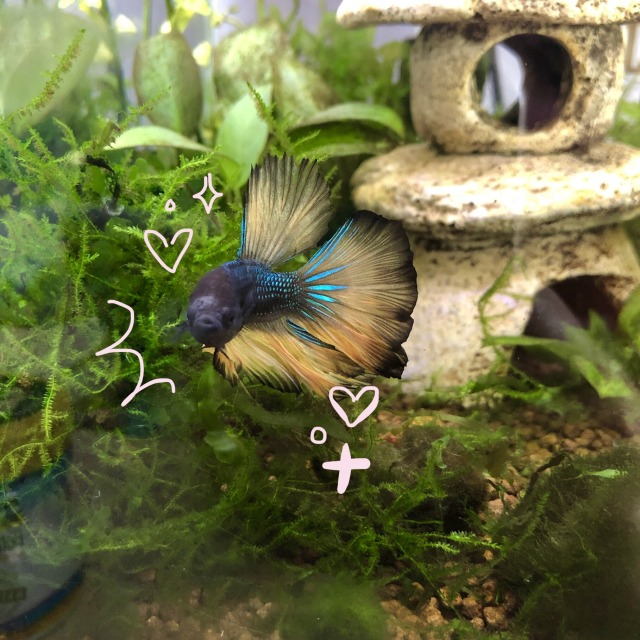

It produces eggs that pass in the person's stool. The tapeworm attaches to the wall of the intestine where it feeds. The larval cyst develops into an adult tapeworm. When people, the definitive host, eat undercooked meat from that cow, they can develop a tapeworm infection. It forms a protective shell, called a cyst. The young parasite, called a larva, passes into the bloodstream and moves to muscles. If a cow, the intermediate host, eats grass with these eggs on it, the eggs hatch in its intestines. The beef tapeworm eggs can survive in the environment for months or years. For example, beef tapeworms need cattle and humans to go through a complete life cycle. The other host is where the larva become adults, called the definitive host. One host is the place where a parasite grows from egg to larva, called the intermediate host. Most tapeworms need two different hosts to complete a life cycle. If you experience any of the symptoms of tapeworm or larval cyst infection, get medical care. There also may be pain and swelling at the site of the larval cyst infection. For example, larval cysts can cause severe disease in the liver, lungs or heart. These can affect how well the organ works. Symptoms of larval cyst infection depend on where they are causing disease in the body. Upset stomach, or feeling like you could throw up.And some symptoms are more likely with some species of tapeworm. The severity of symptoms depends in part on the number of tapeworms. Tapeworm infection in the intestinesĪ tapeworm in the intestines may cause no symptoms. To report a Mola sighting to MERS (with photo and/or video) and read about the differences between the two species, visit the MERS website.Symptoms depend mostly on where the infection happens in the body. “The beauty of citizen science is people can help provide pieces to these ocean puzzles.” The recent photo and others submitted by the public demonstrate the value of crowd-sourced science in solving marine mysteries and how much is left to be learned about marine ecosystems, Hildering said. MERS has collected 23 citizen reports on both kinds of Molas this year, she said. The record for the heaviest sunfish weighed to date is 2.3 tonnes, but the giant bony fish are surprisingly agile and fast and can leap from the water when chased by predators, she added. Sightings of Molas are infrequent but not rare and usually take place when the fish is lounging on the surface, an activity that attracts seabirds which will peck off parasites from the marine giants, Hildering said. MERS is helping collect data on sightings from the public to get a better understanding of the distribution of both types of the Mola fish, she said. Since then, Nyegaard and other researchers have found other social media posts that show both ocean and hoodwinker sunfish along the West Coast, Hildering said. The existence of the hoodwinker species was confirmed by New Zealand marine scientist Marianne Nyegaard in 2017, noted Hildering.īut it was thought the hoodwinker only frequented the warmer waters of the Southern Hemisphere until Nyegaard discovered social media posts in 2019 with Mola photos from northwest waters misidentifying the specimens as ocean sunfish rather than the newer identified species. “They’ve been hiding in plain sight all this time,” Hildering said. The other Mola species found in West Coast waters is the Mola tecta, also aptly named the hoodwinker sunfish because until recently, it was misidentified as ocean sunfish and so went undetected in waters in the Pacific Northwest, Hildering said. The type of Mola in the photo, also known as an ocean sunfish, is one of two species MERS is hoping the public will help collect information on in waters from California to Alaska. You can see how big it is next to the kayaks,” she said. The photo taken in Kyuquot Sound in early August off western Vancouver Island clearly shows the creature’s impressive size, said Hildering, noting Molas can be huge, reaching upwards of three metres.Īn experienced diver and MERS’ education director, Hildering has seen Molas in the past during ocean surveys, but the photo highlights just how magnificent the mysterious fish can be, she said.

She was astonished by a recent photo depicting an enormous Mola mola submitted to the citizen science project, which is collecting data on two different species of sunfish along the Pacific Coast. Jackie Hildering is reasercher with the Marine Education Resource Society, based on northern Vancouver Island. Sunfish sightings continue to surface on the West Coast and - Holy Mola! - some examples are pretty big ones. By Rochelle Baker, Local Journalism Initiative Reporter CANADA’S NATIONAL OBSERVER


 0 kommentar(er)
0 kommentar(er)
